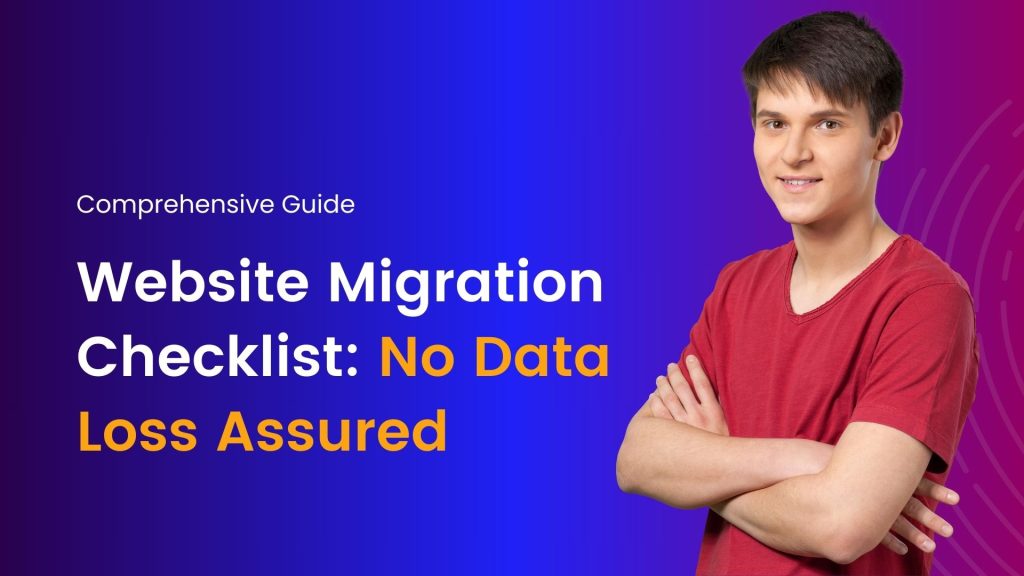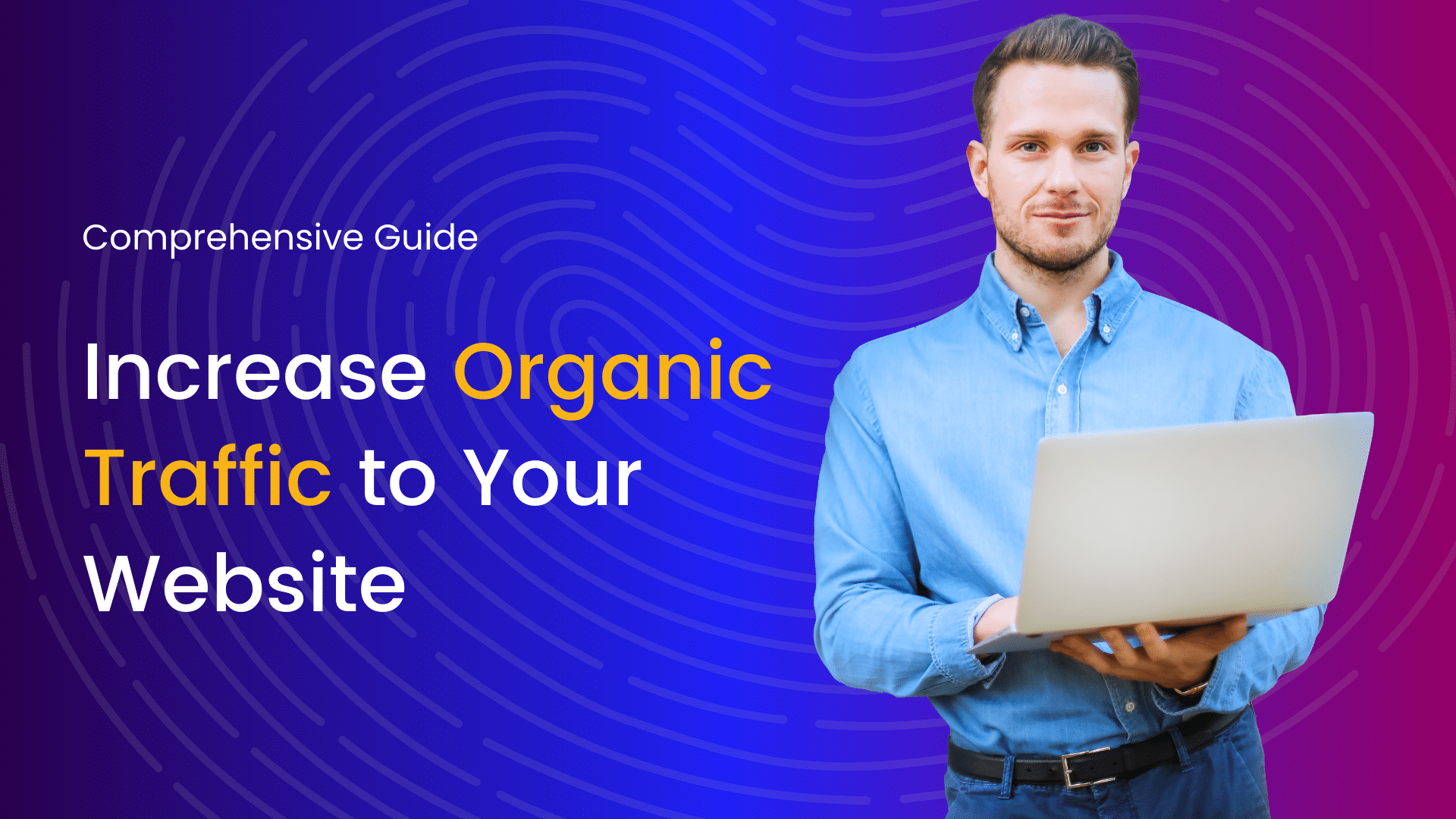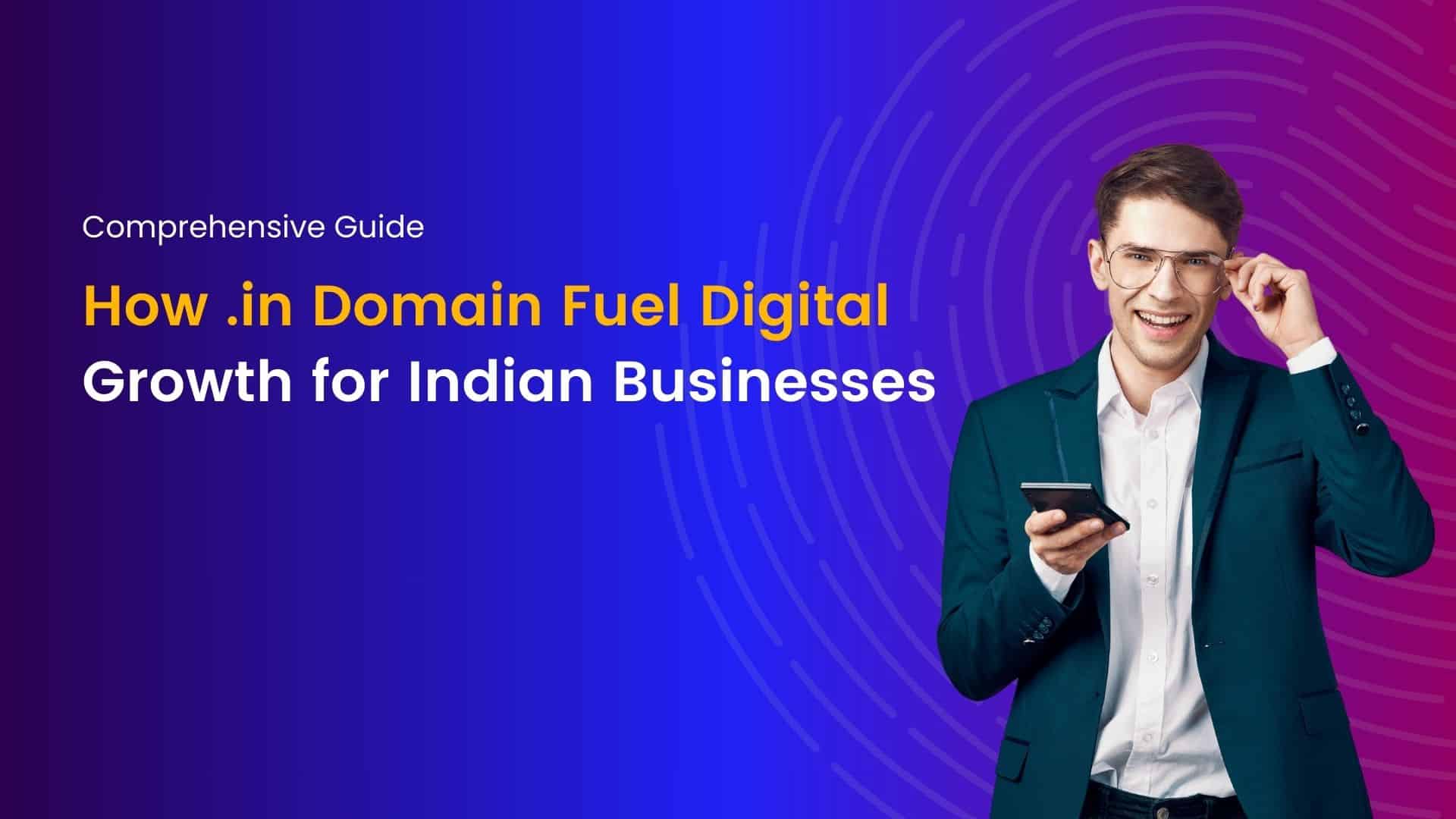Migrating a website is a significant task that requires meticulous planning and execution to ensure a seamless transition with no data loss. Whether you are switching hosts, changing domains, or upgrading your site’s platform, following a detailed pre-migration checklist is essential. Here’s a comprehensive guide to help you navigate the process effectively.
Pre-Migration Planning
Assess the Current Website
Before you begin the migration process, conduct a thorough audit of your current website. Identify all the elements that need to be migrated, including:
- Content: Pages, posts, images, videos, and other media files.
- Database: User data, product information (if it’s an e-commerce site), comments, and other stored information.
- Functional Elements: Forms, plugins, custom scripts, and integrations.
- SEO Data: Meta tags, URL structures, and backlinks.
Objectives of Pre-Migration Planning for Website Migration
- Minimize Downtime: Ensure the website remains accessible and functional during the migration process.
- Data Integrity: Safeguard all data, including content, user data, and metadata, ensuring no loss or corruption.
- SEO Preservation: Maintain search engine rankings and organic traffic by preserving URL structures, handling redirects properly, and updating sitemaps.
- Performance Optimization: Enhance website performance post-migration, including load times and responsiveness.
- User Experience: Maintain or improve user experience, ensuring the website remains user-friendly and accessible.
- Compliance and Security: Ensure the migrated website complies with relevant regulations (e.g., GDPR) and maintains or improves security measures.
- Scalability: Plan for future growth, ensuring the new platform can handle increased traffic and additional features.
- Stakeholder Communication: Keep all stakeholders informed about the migration plan, timeline, and potential impacts.
Scope of Pre-Migration Planning for Website Migration
Assessment and Analysis:
-
- Current Site Audit: Comprehensive analysis of the existing website, including content, performance metrics, and SEO.
- Requirements Gathering: Identify and document the functional and technical requirements for the new platform.
Planning and Strategy:
-
- Migration Strategy: Define the overall migration strategy, including the approach (e.g., phased, big bang) and tools.
- Timeline and Milestones: Develop a detailed project timeline with key milestones and deadlines.
Technical Preparations:
-
- Platform Selection: Choose the new platform or hosting environment.
- Backup and Redundancy: Establish a backup plan to ensure data safety during migration.
- Redirect Strategy: Plan and create URL redirects to maintain SEO and user experience.
- Testing Environment: Set up a staging or testing environment to test the migrated site before going live.
Content and Data Migration:
-
- Content Inventory: Catalog all existing content, identifying what will be migrated, updated, or discarded.
- Data Migration Plan: Develop a plan for migrating databases, media files, and other data.
- SEO Considerations: Ensure all SEO elements, such as meta tags and alt text, are preserved or improved.
Design and Development:
-
- Design Review: Review the design to ensure it meets current standards and user expectations.
- Customization: Implement any necessary customizations or new features on the new platform.
- Performance Optimization: Optimize the new site for speed and performance.
Testing and Quality Assurance:
-
- Functional Testing: Ensure all features and functionalities work as expected on the new platform.
- Performance Testing: Test the site’s performance, including load times and scalability.
- Usability Testing: Conduct user testing to ensure a seamless user experience.
- SEO Testing: Verify that SEO elements and rankings are preserved.
Deployment and Post-Migration:
-
- Final Review: Conduct a final review and approval before going live.
- Go-Live Plan: Execute the go-live plan, ensuring minimal downtime and disruption.
- Post-Migration Monitoring: Monitor the site closely post-migration to address any issues promptly.
- Feedback and Optimization: Gather feedback from users and stakeholders, making necessary adjustments and optimizations.
By defining clear objectives and a detailed scope for pre-migration planning, the website migration process can be managed effectively, ensuring a smooth transition with minimal disruption.
Choose the Right Platform and Hosting Provider
Research and select a hosting provider that meets your requirements in terms of performance, scalability, and support. If you’re changing your content management system (CMS), ensure the new platform offers the features and functionalities you need.
Backup Your Current Website
Before making any changes, create a comprehensive backup of your website. This should include all files, databases, and configurations. Store the backup in a secure location to ensure you can restore your site in case anything goes wrong during the migration.
Develop a Detailed Migration Plan
A well-structured migration plan is crucial for minimizing downtime and preventing data loss. Your plan should include:
- Timeline: Schedule the migration during off-peak hours to minimize the impact on users.
- Task List: Break down the migration into smaller tasks, such as exporting databases, transferring files, and updating DNS settings.
- Responsibility Assignment: Assign specific tasks to team members or external experts to ensure accountability.
Set Up the New Environment
Prepare the new hosting environment before initiating the migration. This includes:
- Configuring the Server: Ensure the server meets all technical requirements for your website.
- Installing Necessary Software: Set up the CMS, plugins, and any other software needed.
- Testing: Perform preliminary tests to check the compatibility and performance of the new environment.
Migrate Data and Content
Begin the migration by transferring data and content from the old site to the new one. This involves:
- Exporting and Importing Databases: Use tools or scripts to migrate database content while maintaining data integrity.
- Transferring Files: Copy all media files, documents, and other assets to the new server.
- Reconfiguring Functional Elements: Set up forms, scripts, and integrations to work with the new environment.
Update DNS Settings
Once the data transfer is complete, update the DNS settings to point to the new server. This step may take some time to propagate across the internet, so plan accordingly to minimize downtime.
Test Thoroughly
Conduct extensive testing to ensure everything functions correctly on the new site. Key areas to focus on include:
- Content Accuracy: Verify that all pages, posts, and media files are correctly displayed.
- Functionality: Check forms, shopping carts, and other interactive elements.
- Performance: Assess the loading speed and overall performance of the website.
- SEO: Ensure that SEO elements such as meta tags, URL structures, and sitemaps are intact.
10. Monitor Post-Migration
After the migration, closely monitor the website for any issues. Use analytics and monitoring tools to track performance, traffic, and user behavior. Address any problems promptly to ensure a smooth transition.
Inform Stakeholders
Communicate the migration process and its benefits to stakeholders, including employees, customers, and partners. Provide them with any necessary instructions or updates to ensure they are aware of the changes.
Review and Optimize
Finally, conduct a post-migration review to identify areas for improvement. Optimize your website based on the insights gained during the migration process to enhance performance and user experience.
Post-Migration Tasks: Website Migration Checklist to Ensure No Data Loss
Migrating a website can be a daunting task, fraught with the risk of data loss, broken links, and diminished user experience. However, with meticulous planning and a comprehensive post-migration checklist, you can ensure a smooth transition with no data loss. Here’s a detailed guide to help you navigate through this critical phase.
Verify DNS Settings
Ensure Proper DNS Propagation
After the migration, check that your DNS settings are correctly configured and have fully propagated. Tools like WhatsMyDNS can help verify this across various locations globally.
Check Website Functionality
Test Core Features
- Forms: Ensure all contact forms and submission forms are working correctly.
- Search Functionality: Test the search feature to ensure it returns accurate results.
- Login Areas: Check that login and registration processes are functioning without issues.
Review Content Integrity
Verify Page Content
- Text and Images: Ensure all textual content and images have been transferred correctly without any distortion.
- Videos and Media Files: Check that all videos and other media files are playable and in the correct format.
Validate URLs and Links
Check for Broken Links
Use tools like Screaming Frog to identify and fix any broken links, both internal and external, to maintain seamless navigation.
Update Your Sitemap
Submit to Search Engines
Create and submit an updated XML sitemap to search engines like Google and Bing to ensure all your pages are indexed correctly.
Monitor 404 Errors
Set Up Redirects
Monitor 404 errors through Google Search Console and set up 301 redirects for any missing pages to avoid a negative impact on SEO.
Review Analytics Setup
Ensure Tracking
Verify that your Google Analytics, or any other analytics tool, is correctly set up and tracking data accurately. Check for the presence of the tracking code on all pages.
Test Site Speed and Performance
Optimize Load Times
Use tools like Google PageSpeed Insights or GTmetrix to test your site’s load times and overall performance. Address any issues that could slow down your site.
Security Checks
SSL Certificate
Ensure your SSL certificate is installed correctly to maintain secure connections and verify that your website is accessible via HTTPS.
Check Email Functionality
Test Email Forms and Notifications
Ensure that all email forms are sending messages correctly and that any email notifications are functioning as intended.
Backup Your Website
Full Backup Post-Migration
Once the migration is complete and everything is verified to be working correctly, take a full backup of your website. This backup will be your safety net in case anything goes wrong post-migration.
Communicate with Stakeholders
Inform Relevant Parties
Notify all relevant stakeholders, including team members, clients, and partners, about the completion of the migration. Provide them with any new access details or information they might need.
Continuous Monitoring
Keep an Eye on Performance
Even after the initial checks, continue to monitor your website’s performance, functionality, and security regularly to catch any issues early on.
“Ready to Migrate Your Website? Don’t let the fear of data loss hold you back from improving your website’s performance and capabilities. Follow our comprehensive Website Migration Checklist to ensure a seamless transition. Start your migration journey today with confidence!
Need expert help? Contact us now for professional website migration services and ensure a smooth, worry-free experience. Sign Up Hostao Today”
Conclusion
Website migration is a complex process that requires careful planning and execution. By following this pre-migration checklist, you can ensure a smooth transition with no data loss, minimal downtime, and improved website performance. Always remember that preparation is key to a successful migration, so take the time to plan each step meticulously.
A successful website migration is not just about moving data from one place to another; it’s about ensuring the integrity, functionality, and performance of your website in its new environment. By following this comprehensive checklist, you can minimize risks, avoid data loss, and provide a seamless experience for your users. Remember, thorough post-migration checks are the key to a smooth transition and long-term website success.
I'm a tech-savvy writer with a Computer Science degree and web hosting background, contributing to Hostao Blogs. I simplify complex tech topics like web development and cybersecurity. Beyond writing, I'm a tech explorer passionate about digital advancements.




















